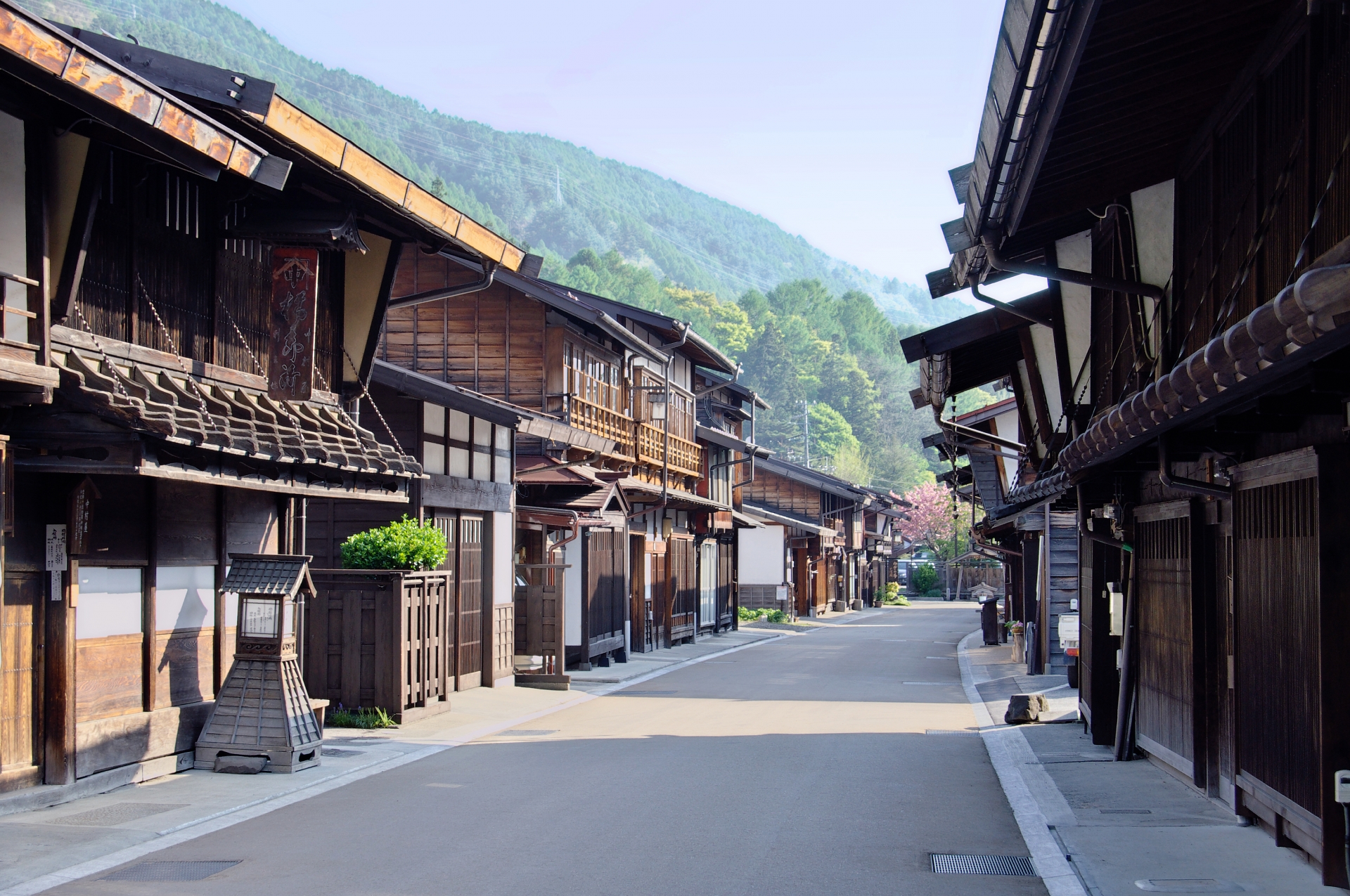

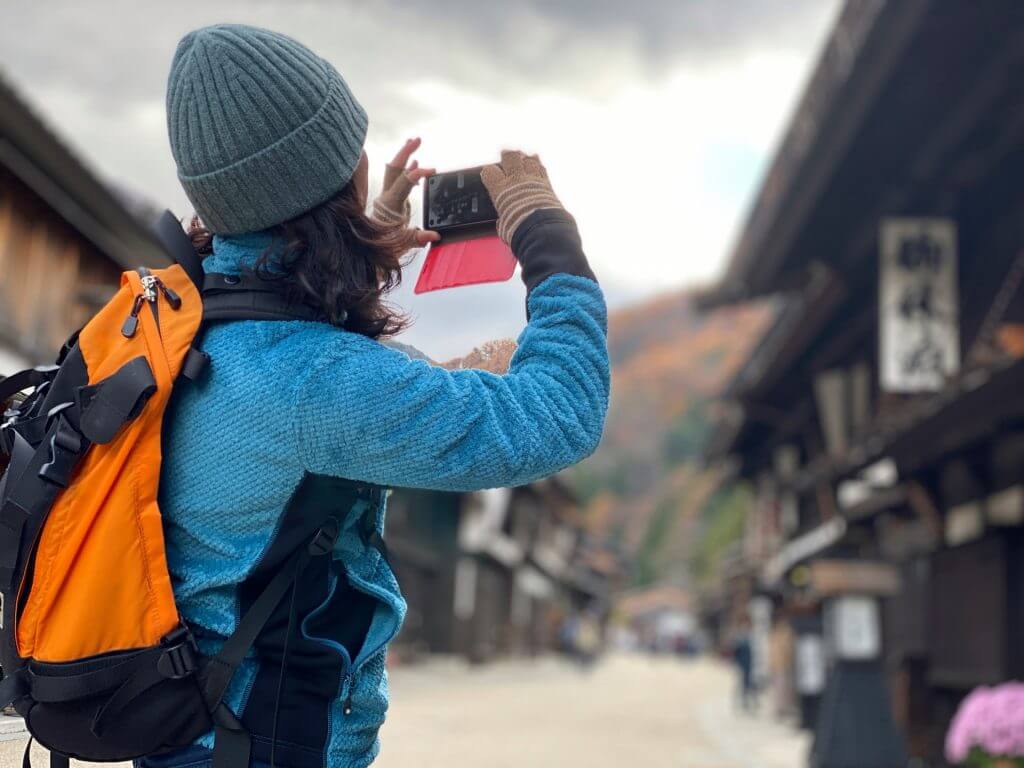



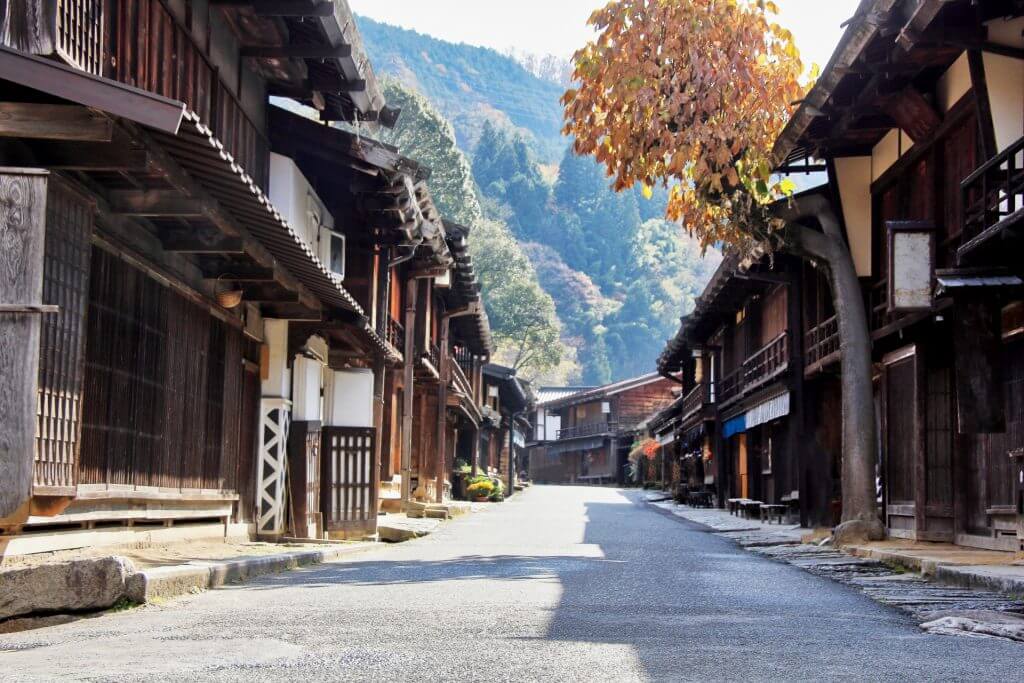
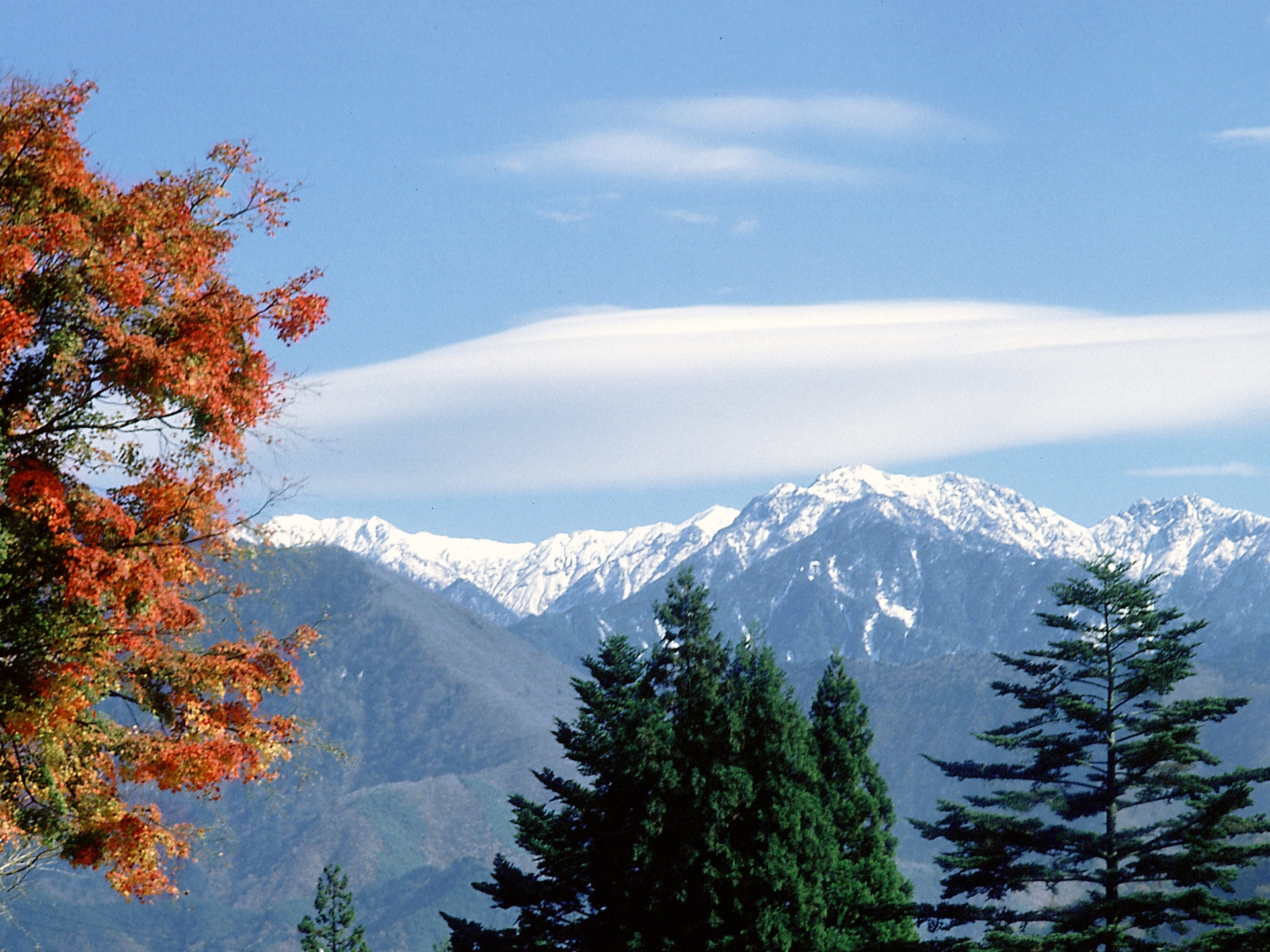

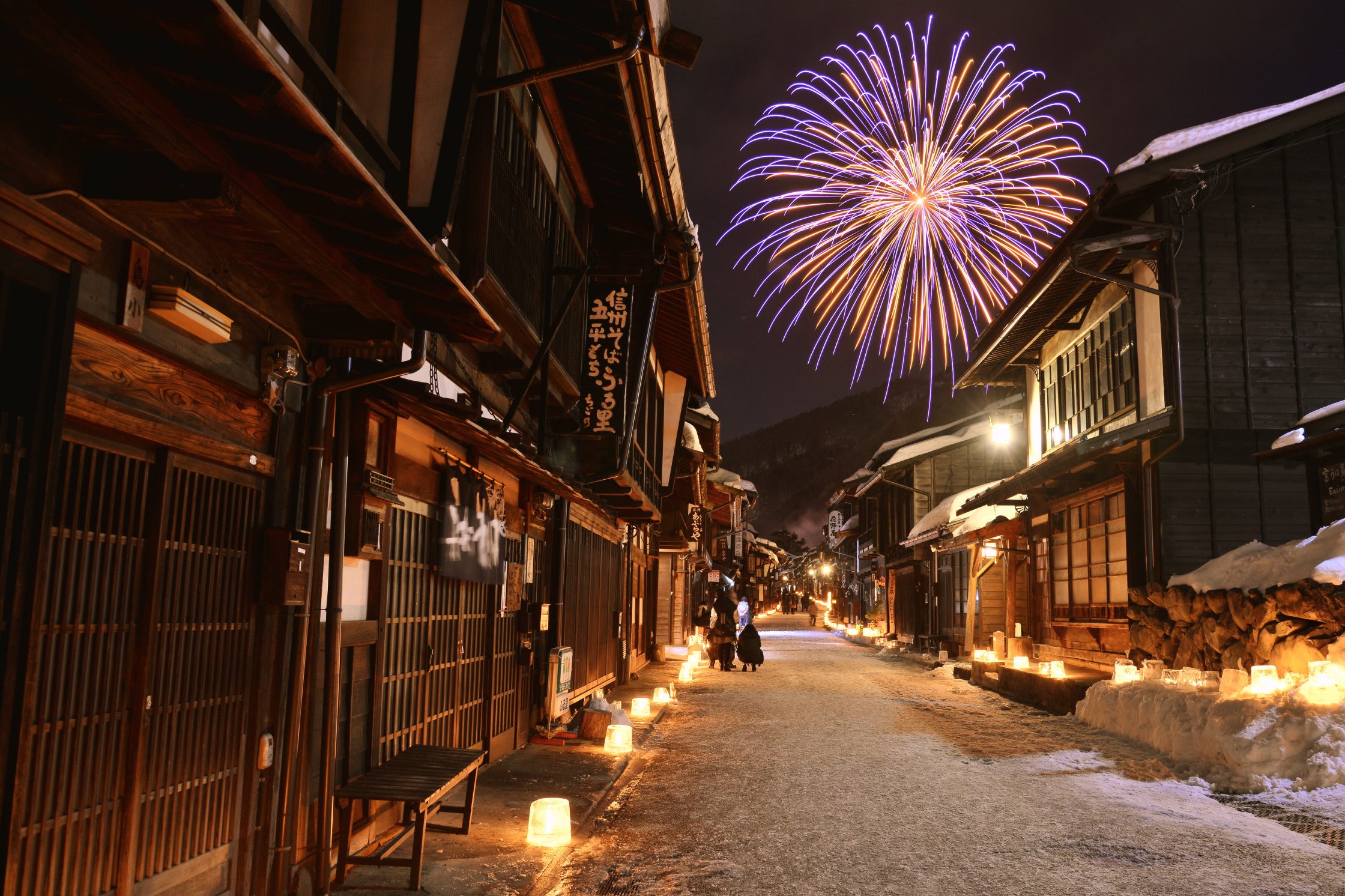










Follow One of Japan's Most Historic Roads
| Magome | Nakatsugawa Station |
|---|---|
| Tsumago | Nagiso Station |
| Narai | Narai Station |
Follow One of Japan's Most Historic Roads
Show detailed description Show less

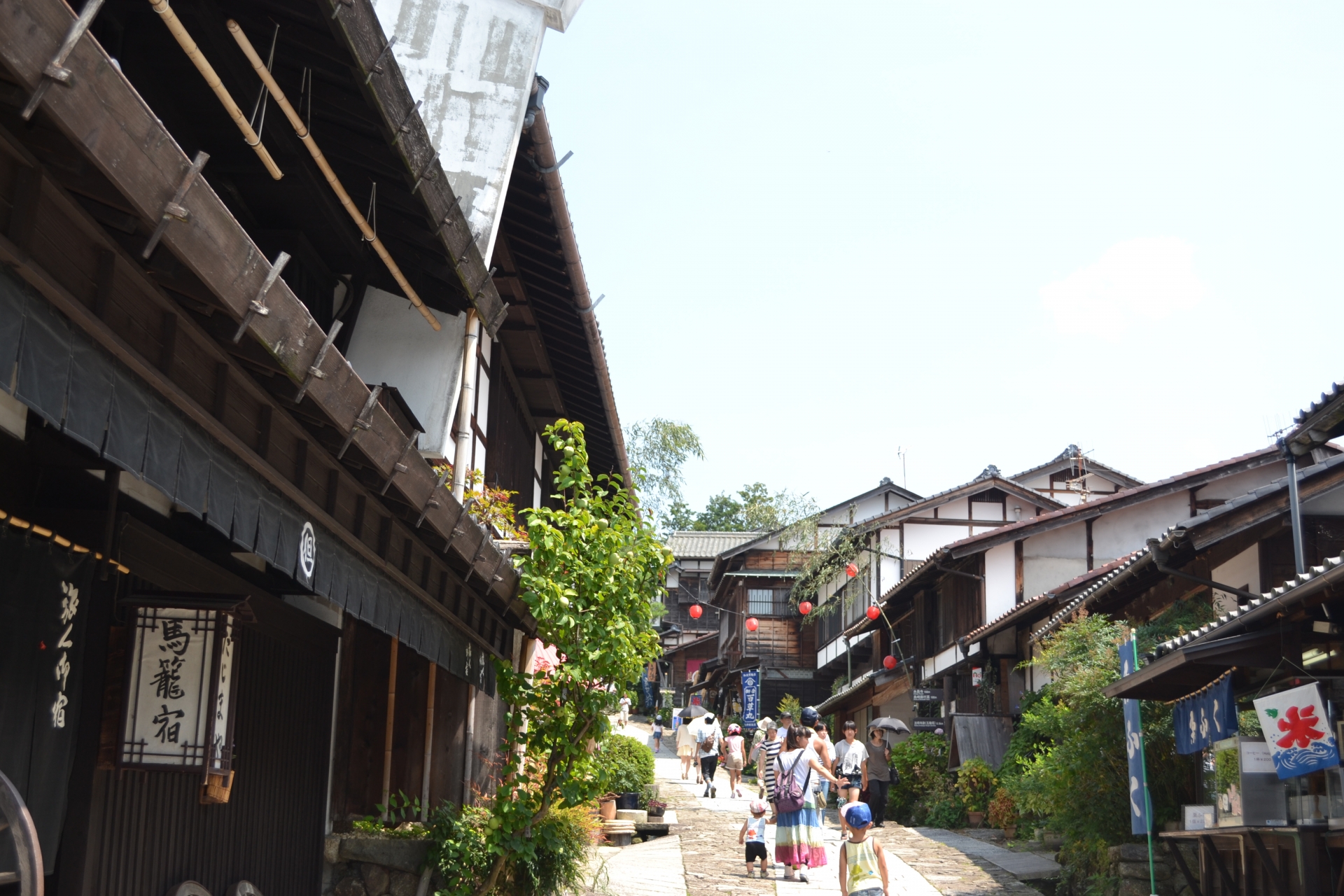


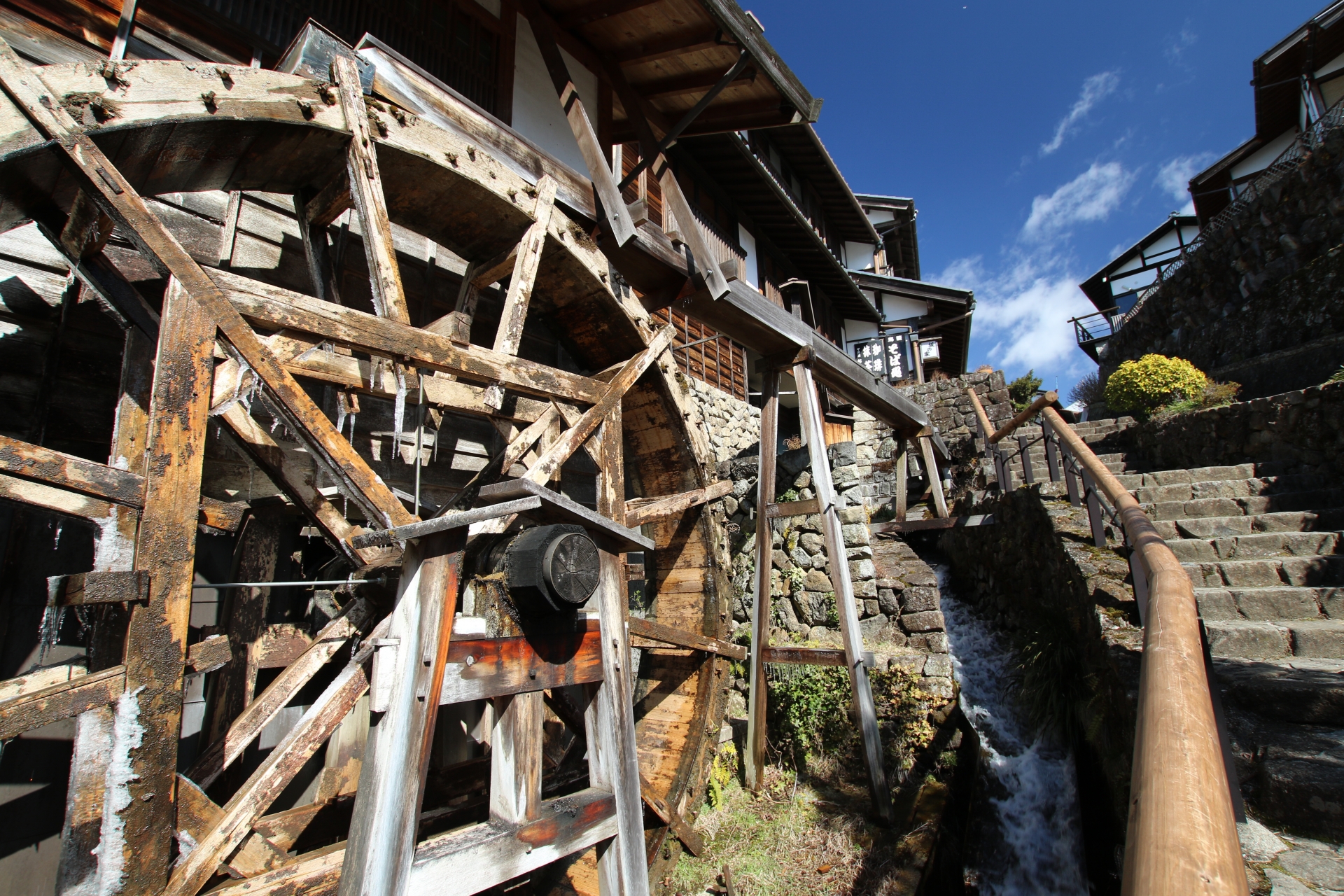
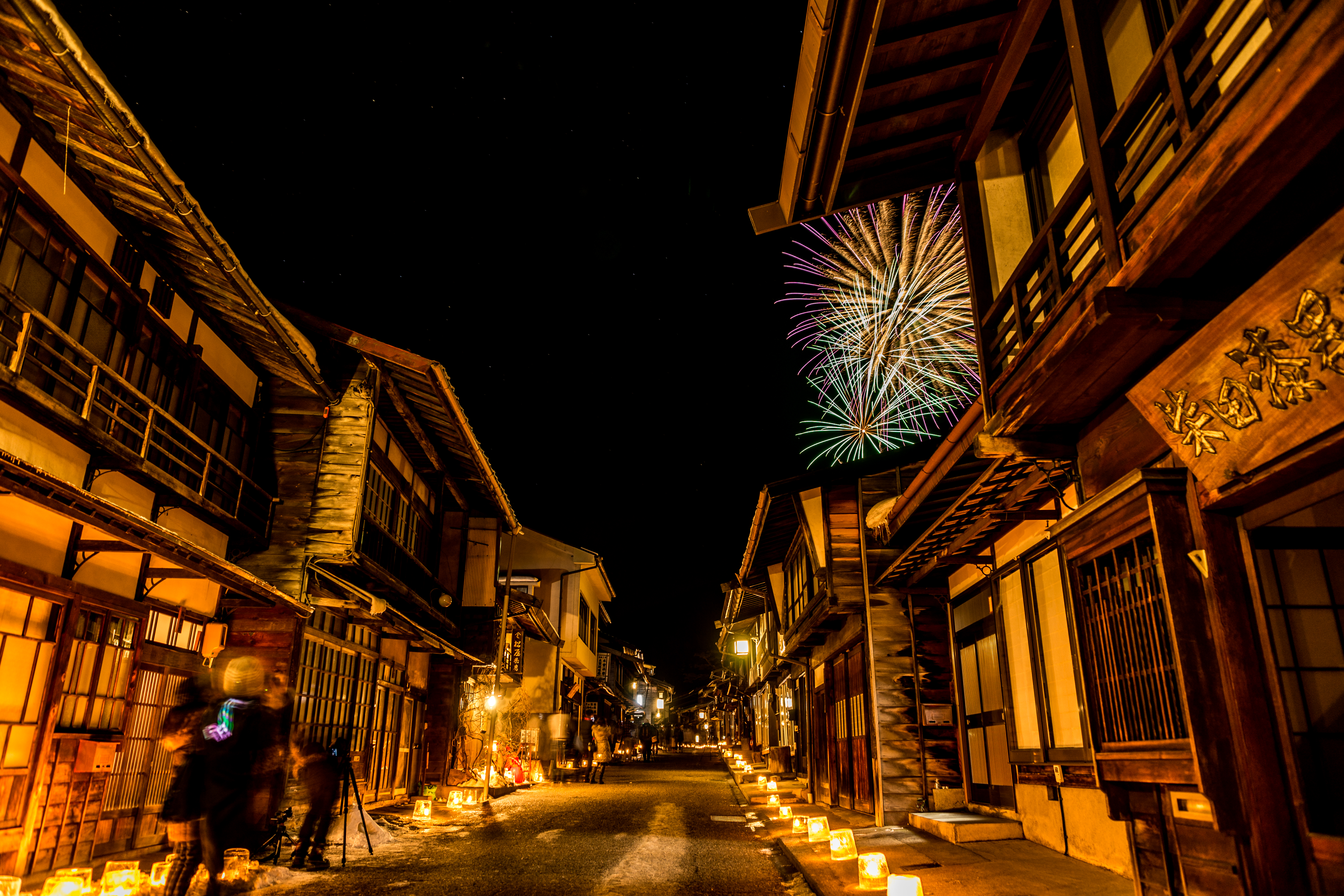

One of the Nakasendo's most charming historic towns
For many visitors, Magome-juku is their first stop on the Nakasendo as they begin their walk along the historic trail.

Charming guesthouses and great local food await
Located 7.5km from Magome-juku, the walk between these two towns is the most popular section of the Nakasendo.

The best preserved but less visited post town
Once known as 'Narai of a Thousand Houses', this was the wealthiest town on the Nakasendo

Explore the mountainous interior of Japan
A place of dramatic mountains and lush forests, these mountains define the region.
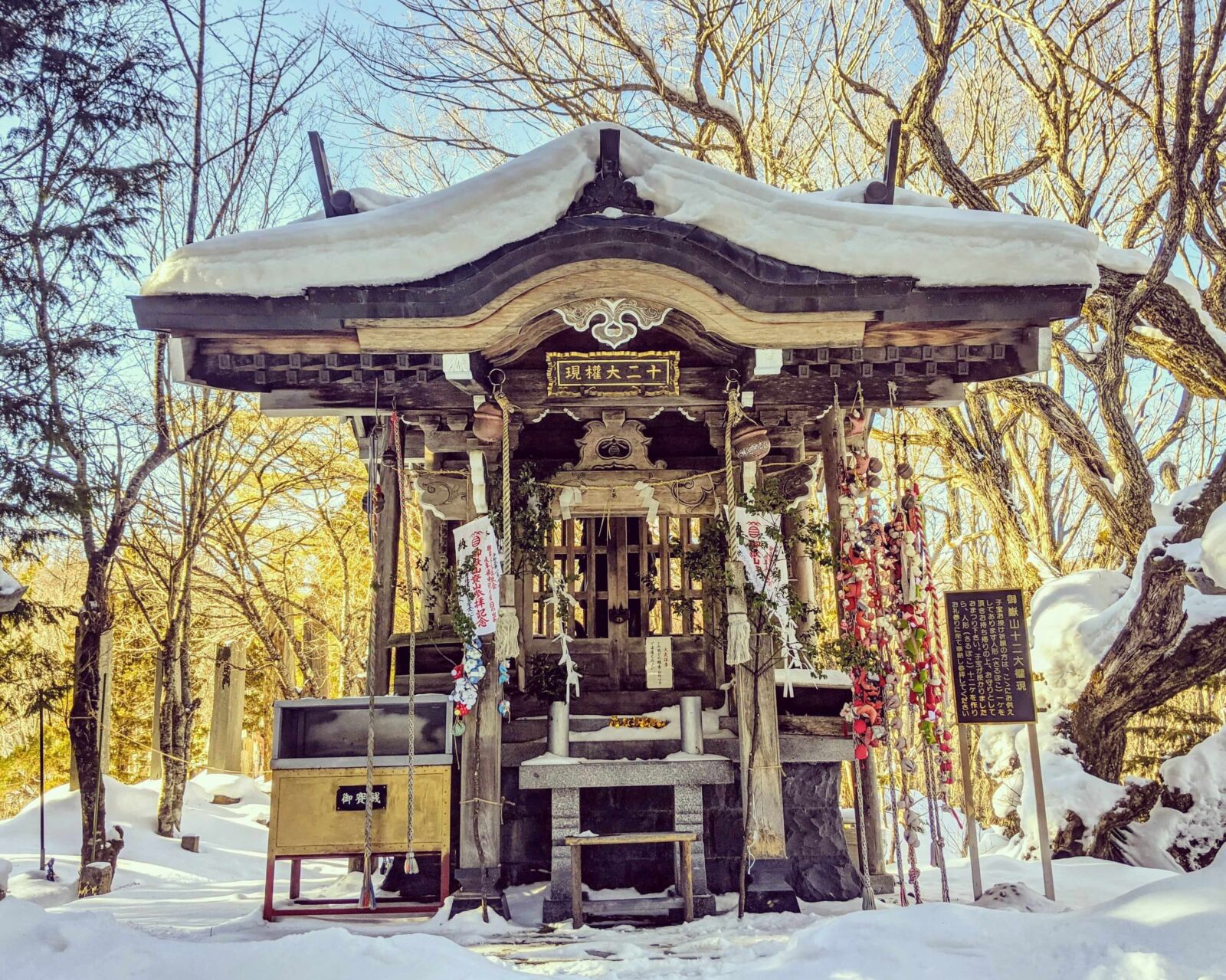
Experience the tradition of nature worship
As the focal point of devotion for the 'Ontake Shinko' sect, Mount Ontake can be hiked along its historic pilgrimage trails.

A beautiful and unique natural attraction
With canoeing availabe in summer, the lake is at its most beautiful from spring to autumn.

Experience one of Japan's most remarkable natural landscapes
Considered the jewel of the Chubu Sangaku National Park, Kamikochi is accessible via Matsumoto City.

One of Japan's last remaining original castles
A short distance from the Nakasendo, Matsumoto Castle is registered National Treasure and one of the region's most poplar destinations.
Walking trail
Traditional guesthouses
Local restaurants
Historic sites
Tea houses
Museums
Public toilets
| Magome | Nakatsugawa Station |
|---|---|
| Tsumago | Nagiso Station |
| Narai | Narai Station |